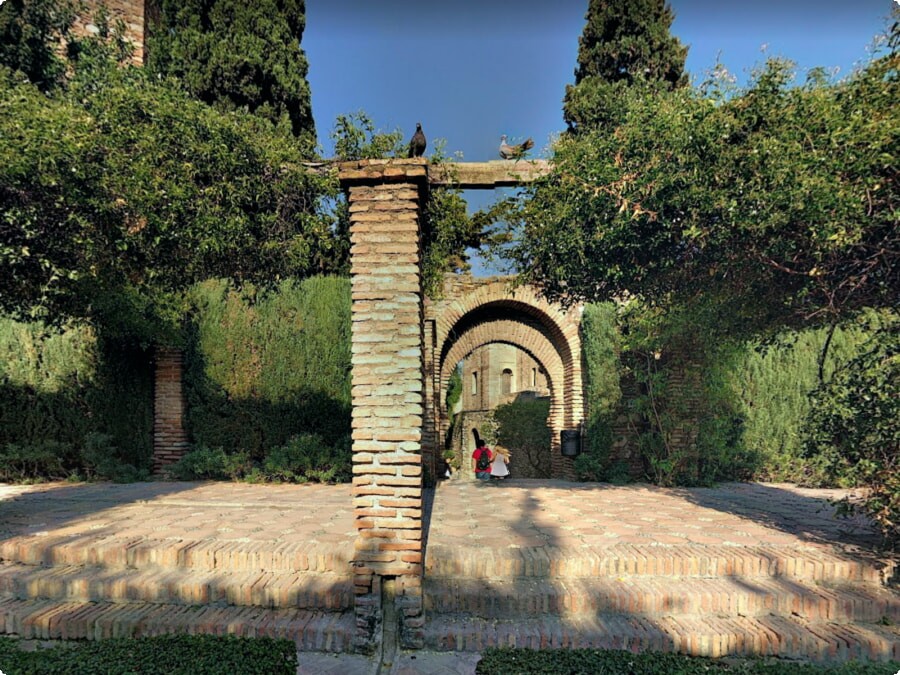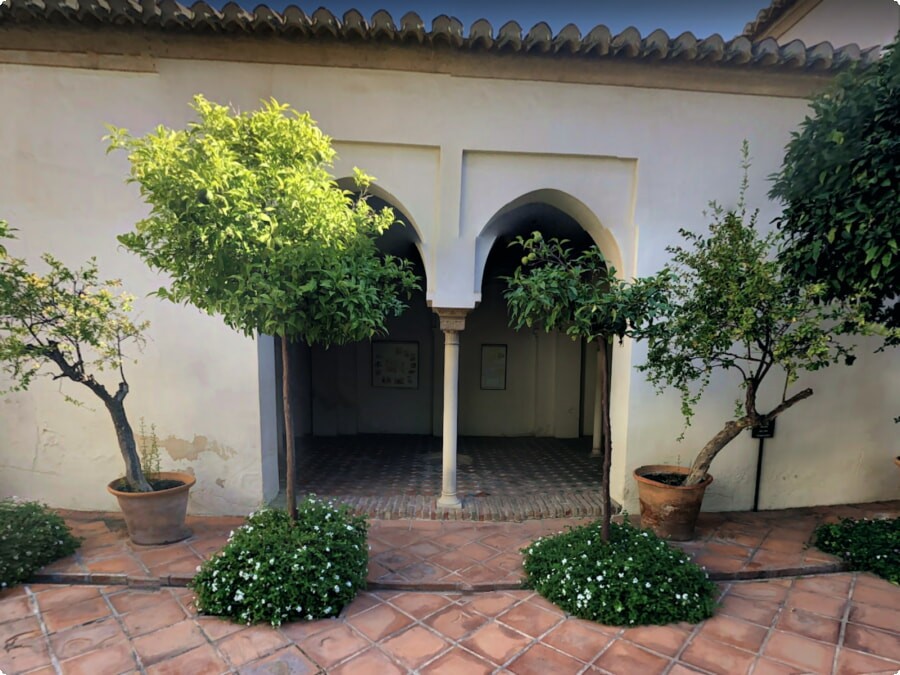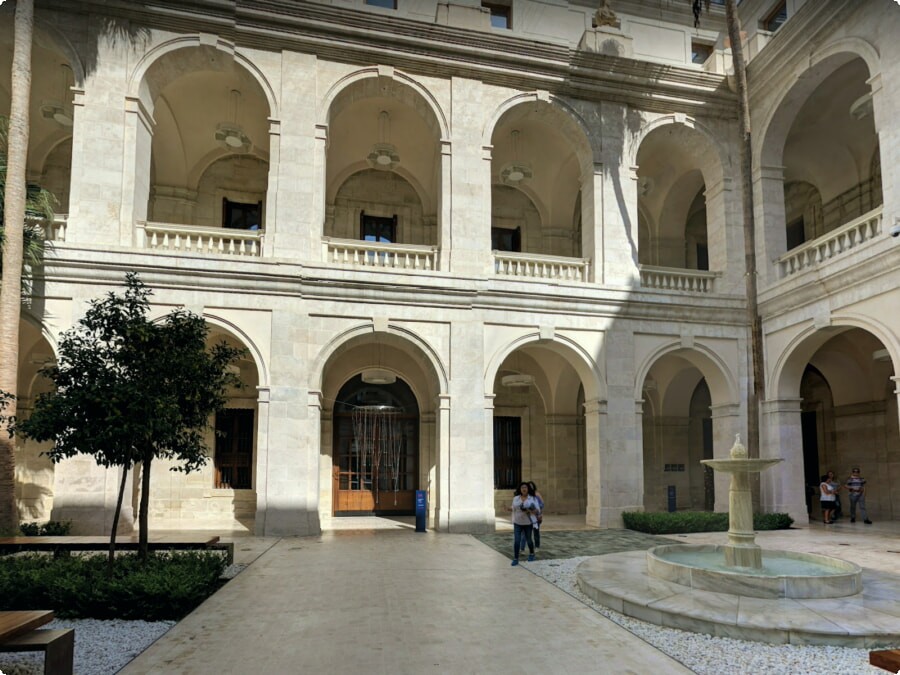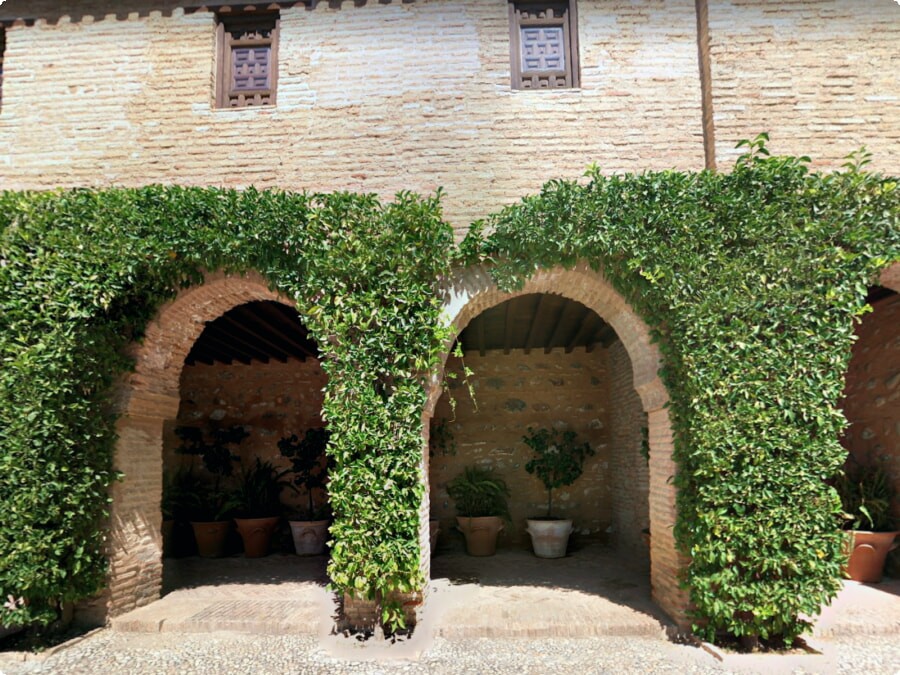The Most Beautiful Cities in Spain
From gilded palaces and ancient alleyways to azure beaches and UNESCO World Heritage cities, Spain has something for every traveler.
Glorious beaches and energetic nightlife put Barcelona on the top of many travelers’ lists. Gaudi’s eccentric buildings like the Sagrada Familia and Park Guell make this city feel like a living art museum.
Malaga
Malaga is one of Spain’s most beautiful cities, thanks to its exquisite architecture, sunny beaches and vibrant botanical gardens. It is also known for its rich culture—after all, Pablo Picasso was born here! It’s easy to get immersed in the city’s history and culture with its UNESCO-listed Roman ruins, Moorish fortresses and medieval cobbled streets.
A must-see is Calle Larios, a wide, pedestrian-only street that’s the commercial heart of the city. The paved walkway is lined with clothing stores, restaurants and cafes, where trendy Malague
From here, it’s a short walk to the port area, where cruise ships, yachts and pleasure boats dock. The nearby Museo Picasso showcases works from the city’s most famous native son, and the Carmen Thyssen Malaga, housed in a 16th-century nobleman’s residence, displays Old Masters and romantic Spanish painting from the 19th century.
Outside the city, the coast quickly gives way to wooded hills and mountains—perfect for hiking. And the countryside is dotted with “pueblos blancos,” or white villages, that stand like sugar cubes on the wooded hills. The best time to visit these hill towns is late afternoon, when the midday sun has subsided. You can also hike in the Montes de Malaga Natural Park, where you may see wild boar, badgers and foxes as well as eagles and buzzards.
It is impossible to get acquainted with the sights of Spain in one day, as well as in a week, but you can see the maximum number of new places with the help of a rented car at one of the country's airports. For example, in Barcelona airport you can rent a car from 17 euros per day, in Malaga airport - from 18 euros per day.

Palma de Mallorca
Palma de Mallorca is a charming Mediterranean city with an ancient castle, gothic grandeur, and narrow streets lined with independent boutiques. While there are plenty of tourist attractions to see, don’t forget to take the time to wander around Old Town, where the buildings are picturesque and packed with historic charm.
While you’re there, hit up some of the popular sites like the Catedral-Basilica de Santa Maria and the Ayuntamiento (town hall), then make your way to Portixol Marina to see the megayachts. The neighborhood also has delicious little cafes and bars where you can relax with a cocktail.
The capital is also home to a variety of museums, including the acclaimed Es Baluard Museum of Contemporary Art and the Joan Miro Foundation. The latter houses a collection of more than 6,000 pieces of art from the famous Spanish artist, and is a must-visit for any fan.
Like Barcelona, Palma underwent massive social changes in the late 1800s. The city was ripe for Modernism, which first appeared in the form of a refurbished cathedral and the grand Hotel del Balboa. The former is a marvel, blending in elements of traditional Gothic architecture with an unmistakably Modernist touch (think rows of gilded wheat and cast-vine leaves). The latter, designed by renowned Balearic architect Miquel Barcelo, is even more extraordinary. It’s more akin to a Stranger Things set than a church, yet stays true to liturgy.

Granada
Granada is a true fusion of old and new. Its most beautiful landmark is undoubtedly the Alhambra, an incredibly intricately-decorated monument of Islamic architecture set atop a hillside. But the city has more to offer than just its striking buildings. Its people are a blend of traditional and contemporary, giving the place a sense of serenity and spirituality.
Located in the foothills of Spain’s Sierra Nevada Mountains, Granada was a Moorish kingdom for many centuries before the Spanish conquest. As a result, the city is filled with ancient treasures that remain to this day. The city’s most notable landmark is the hilltop Alhambra, a palace complex consisting of lush gardens and fountains. The Alhambra is so beautiful that it’s been declared a UNESCO World Heritage Site.
Another awe-inspiring architectural masterpiece is Generalife, the summer palace of the Nazari dynasty. It’s covered in flower beds that have romance written all over them, and it’s said that Sultana Zoraya fell in love with her husband Hamer here.
For a break from the city’s historic sites, head to Albaicin, one of Granada’s most beautiful neighborhoods. The neighborhood is spread across the hillside and overlooks the Alhambra. Its narrow streets are lined with white houses with sweet doorways and potted flowers, and the streets have cute stone bridges. During your trip to Albaicin, don’t miss out on walking along the Carrera del Darro, a picturesque pathway that resembles a fairytale.

Huesca
Huesca is the capital of Spain’s mountainous province of Huesca and is surrounded by stunning natural beauty. The city is full of typical Pyrenean architecture, medieval history, and magical landscapes. It is a perfect destination for lovers of nature and culture.
The city is a popular spot for hiking and trekking. It is also a good place to discover local cuisine. There are many different types of restaurants to choose from in Huesca, including tapas bars and fine dining establishments. There are also a number of wineries in the area, which offer tours and tastings.
The hilly medieval old town is topped by the Gothic Huesca Cathedral. Nearby is San Pedro el Viejo Abbey, a Romanesque monastery with cloisters and the tombs of 2 regional Spanish kings. The nearby Miguel Servet Park has sculptures by Huesca-born artist Ramón Ac
Huesca is also known for its mountainous scenery and incredible hiking trails. There are several national parks in the region, including Ordesa and Monte Perdido. These mountains have a stunning natural beauty and are often dominated by huge walls of rock. In autumn, these mountains are covered in ochre, red, and orange tones. The region is also home to a number of impressive canyons, including the Pineta valley and the gorges of Roda and Anisclo.

Cadiz
With its pristine beaches and burgeoning cultural scene, Cadiz is an unexpected surprise. The oldest city in Western Europe, it retains a heritage that’s as rich as its Atlantic waters, thanks to the city’s long history of trade and colonization.
Cadiz’s old town is a fascinating mix of architectural styles and eras. Its tan-colored walls hide buildings that date back to the Phoenicians and Moors, while its neoclassical cathedral is topped with a baroque dome. Cannons from the Napoleonic Wars guard the streets, while the city’s treasury displays exceptional religious art, including the Custodia del Millón—a four-meter-tall silver monstrance set with a million precious gemstones.
The city’s 129 watchtowers are evidence of its port’s trading importance, and the Torre Tavira tower offers some of the best views of the city. Inside, you’ll find a camera obscura, where you can experience a live virtual tour of the city through a pinhole in a dark room.
A short drive inland from the city is the Puente de la Constitución, a massive suspension bridge completed in 2015 and visible day or night with its gleaming triangles of cable. If you want to see more of the area, take a one-hour ferry ride across the Strait of Gibraltar to Ceuta, an autonomous Spanish territory across from Morocco that feels more like an exotic foreign destination than a mere suburb of Spain. Here, open-minded locals celebrate their Muslim, Jewish, and Christian faiths together in harmony.
San Sebastian
A coastal city surrounded by majestic natural scenery and intricate ornate architecture, San Sebastian, aka Donostia in Basque Country, is a must-visit during your Spain trip. Take a leisurely stroll through the cobblestone streets of Parte Vieja, San Sebastian’s Old Town, or explore the sandy shorefront of Playa de la Concha.
If you’re looking to get some exercise, head up Monte Urgull for sweeping views over the city. The hilltop has been used as a defensive position since the 12th century and features a moat, a castle, and a statue of Christ. You can reach the top by foot or by a funicular cable car from the beach of Ondarreta.
San Sebastian’s architecture is influenced by its history. The city was a popular summer retreat for Spanish royals after Queen Maria Cristina’s arrival at Miramar Palace in 1893, and many buildings were constructed during this period known as the Belle Epoque. Today, the palace still stands and its exterior design is similar to an English Tudor mansion.
San Sebastian’s modern and historic sides come together in its art scene. Embark on a guided tour with a local guide and stroll through the quaint streets to admire the city’s parks, squares, and ornate buildings. While you’re there, learn about the local culture and why this city is regarded as one of the most beautiful cities in Europe. Then, finish your walk with a round of pintxos (Northern Spain’s version of tapas) and drinks.